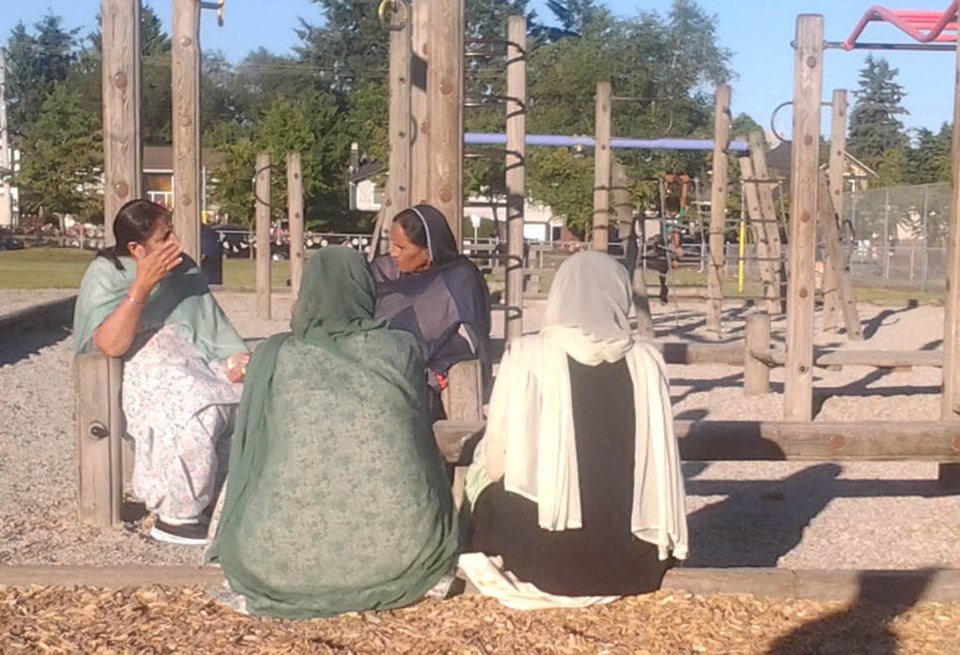The latest numbers released last week from Statistics Canada highlight the gradual changing face of the City of Delta.
The city’s overall population has grown slowly compared to other communities, standing at 108,455 in the 2021 Census, up only 5,391 people from the 2016 Census.
The proportion of the city’s population that are immigrants or visible minorities increased more substantially, however.
Of the 107,510 residents surveyed under the category for visible minorities, 48,625 people identified themselves as a visible minority, up from 36,300 in the 2016 Census.
South Asians made up the biggest segment at 27,990, up from 20,485 in the 2016 Census.
The next biggest segment of visible minorities in the 2021 Census were Chinese at 9,660, up from 7,685 in the 2016 Census. They were followed in the 2021 Census by Filipinos at 3,700, up from 2,655 in the previous Census.
Those listed as “not a visible minority” in Delta in 2021 stood at 58,645, down from 64,540 people in the 2016 Census. In Metro Vancouver, overall, the majority of residents now identify as a visible minority.
Back in 2001, Delta’s population stood at just under 97,000. At that time, the “Canadian born” population of those surveyed was listed at 70,135, while the “foreign born” segment stood at 25,135.
By the 2021 Census, the “non-immigrant” population stood at 67,960, which is down over 1,000 people from the 2016 Census. The “immigrant” population in 2021 in Delta was 35,555, up over 4,200 people from the 2016 Census.
Statistics Canada notes “Immigrant” refers to a person who is, or who has ever been, a landed immigrant or permanent resident. Immigrants who have obtained Canadian citizenship by naturalization are included in this group. In the 2021 Census of Population, immigrants include those who were admitted to Canada on or prior to May 11, 2021.
As far as the places of birth of Delta’s immigrant population in private households, Asia was tops at in 2021 at 24,280, up from 19,175 in the 2016 Census. Within that Asia grouping, India was the top country at 12,375 people, up from 9,750 in the 2016 Census.
In 2021, the number of immigrants living in Delta who were born in Europe stood at 6,470, down 1,230 people from the 2016 Census.
Delta’s Community Profile, written in 2017 using Census data from the previous year, noted 30 per cent of the population was made up of immigrants, while one-third of new immigrants could not speak either English of French.
The profile also noted that the population growth in Delta was expected to continue at a modest rate, lower than other Metro Vancouver areas, with the exception of North Delta which will experience a faster growth rate.
As far as cultural diversity, the profile noted it continues to increase in Delta. In 2016, newcomers made up 28.8 per cent of Delta’s population and that figure was expected to increase with most immigrants to Delta choosing to live in North Delta neighbourhoods.




